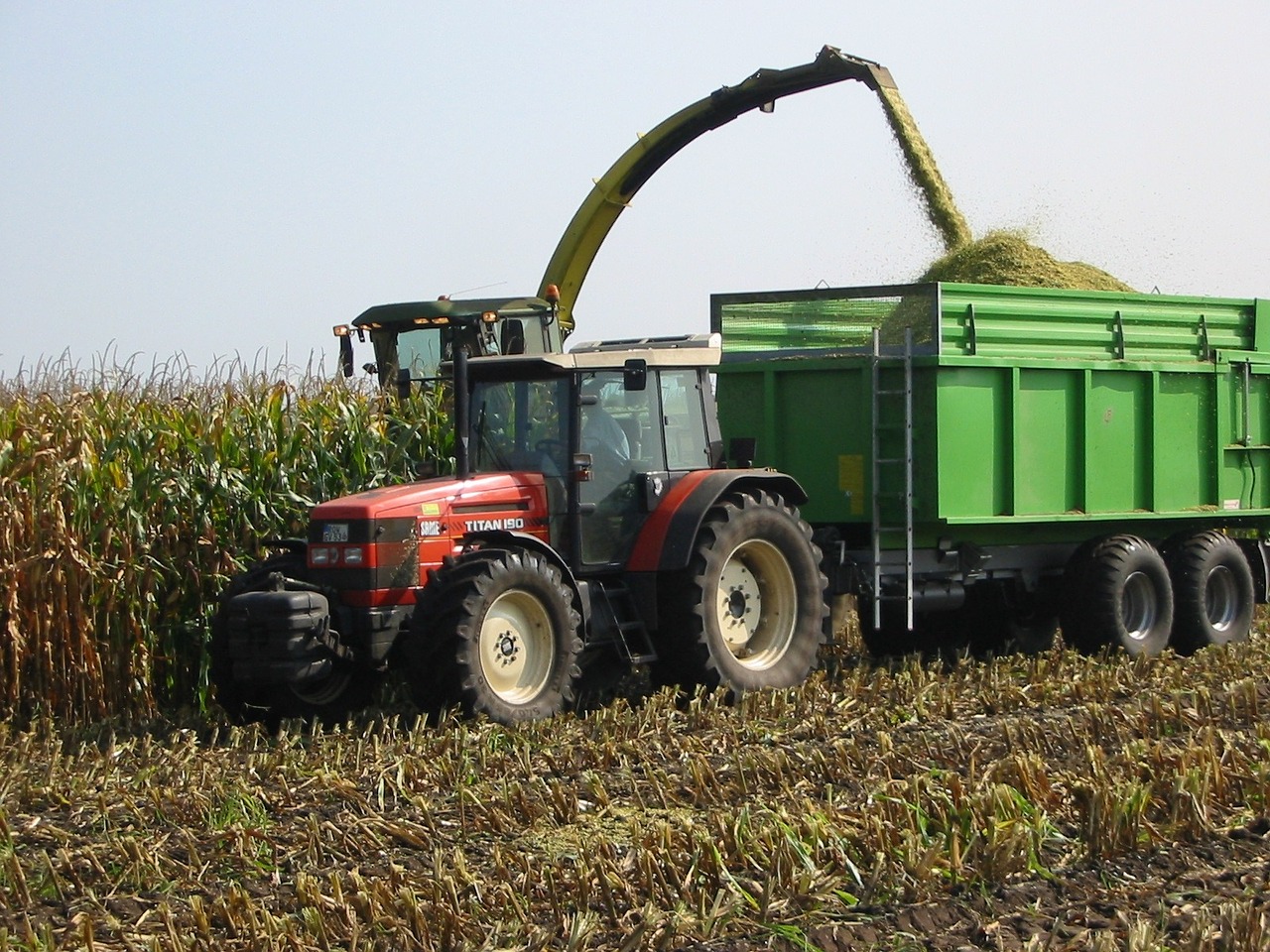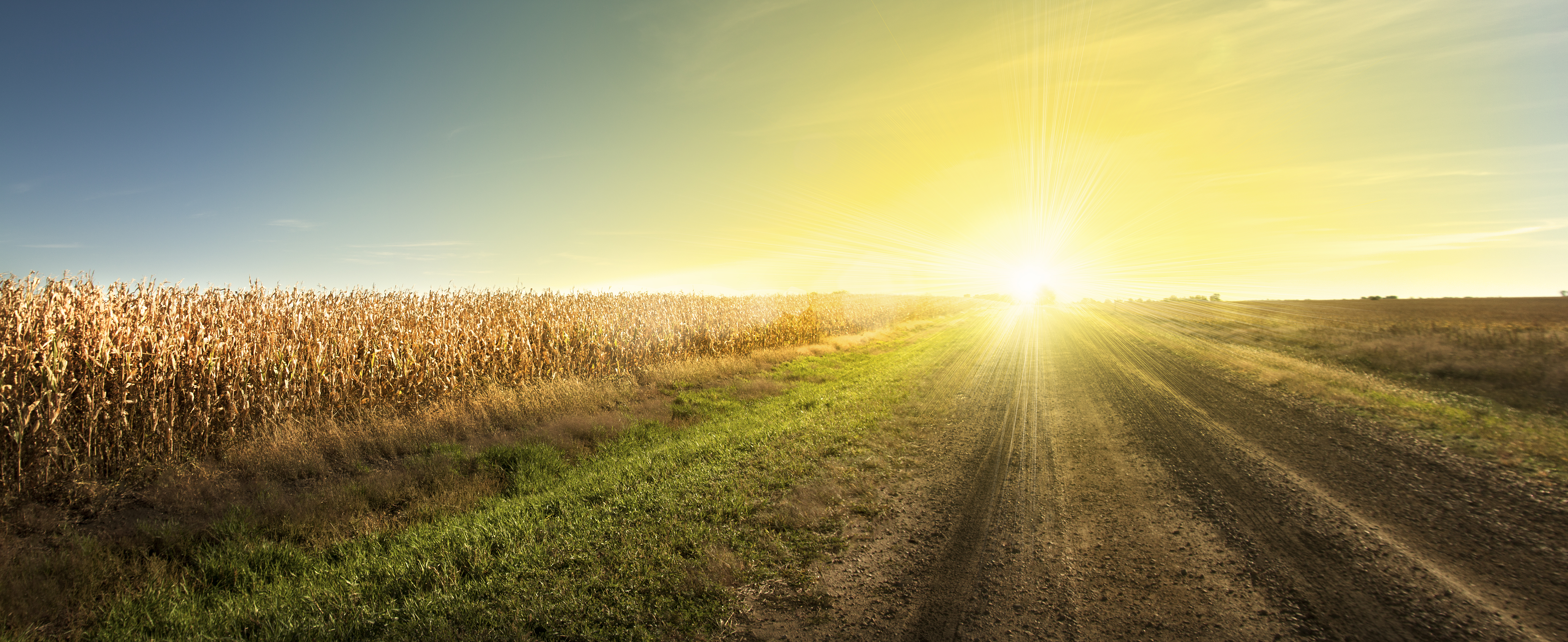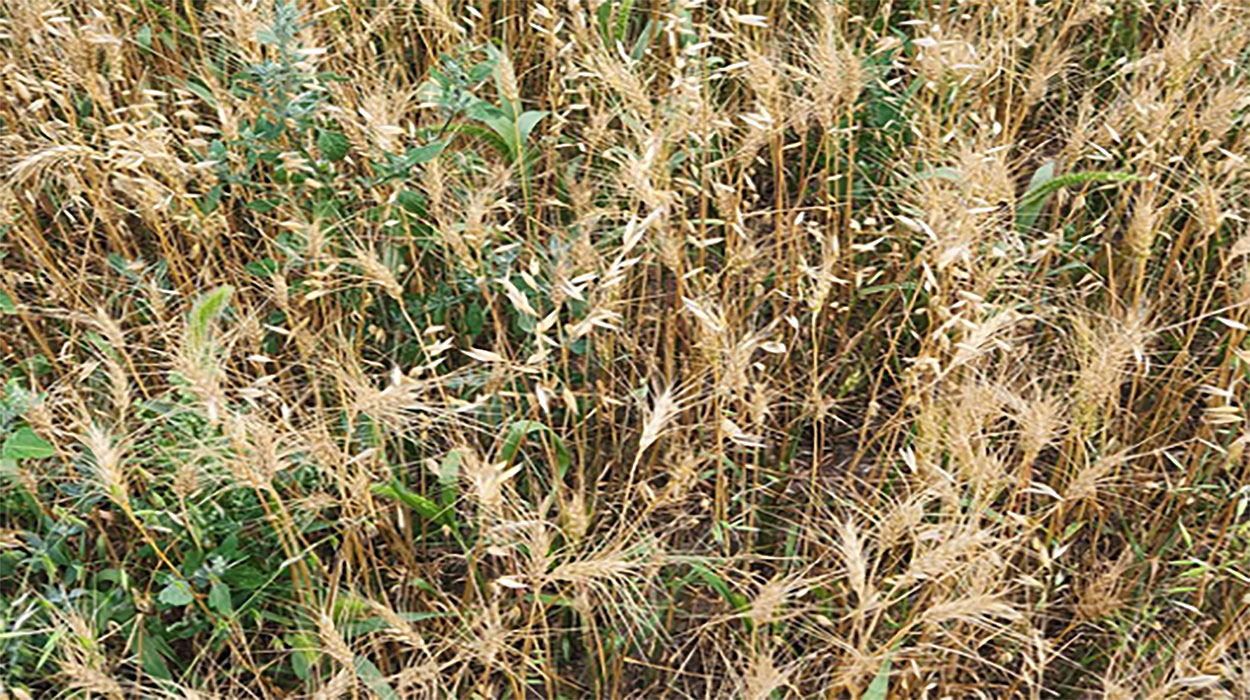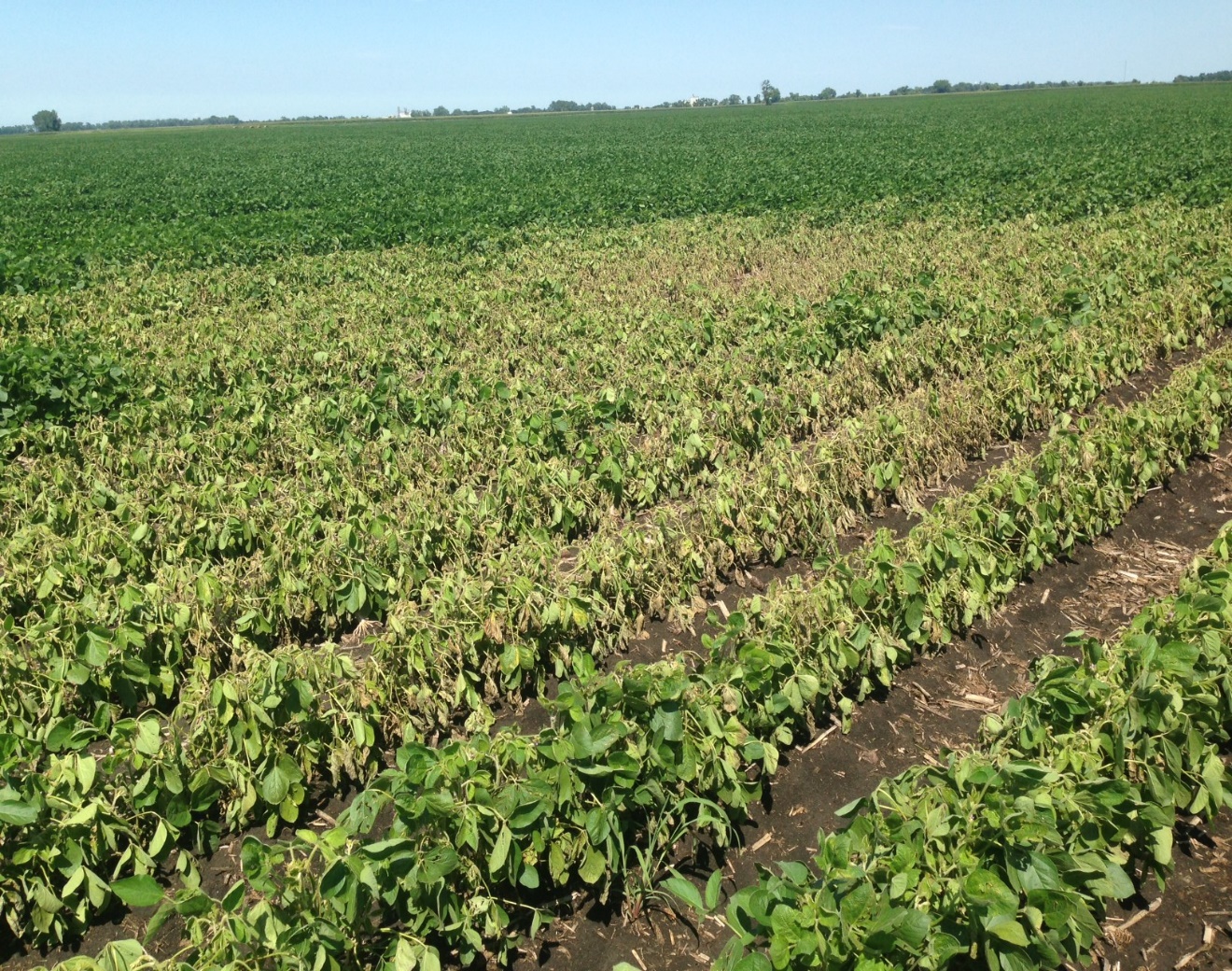Search

Silage: Minimizing Losses and Maximizing Value
Optimizing silage value starts by harvesting at the right moisture content.

Interpretation of Water Analysis for Livestock Suitability
Fact sheet to help decipher both the results of a “quick test” and laboratory analysis for livestock suitability.

South Dakota Pest Management Guides
The South Dakota Pest Management guides are now available for free. The guides offer recommendations for controlling weeds, insects, and diseases in a variety of South Dakota crops.

Noxious and Pasture Weed Plot Data Report
Data books to use as a reference to select appropriate herbicide(s) for noxious and pasture weed

Weed Control Field Test Data
Data books to use as a reference to select appropriate herbicide(s) for row crops

Weed Control: Noxious Weeds
Noxious Weed Recommendations: Herbicides for pasture, range, and non-crop areas, including roadside and other right-of-way that may be harvested for hay or grazed, are given a priority.

Replanting Considerations
Every season weather events such as hail or flooding can damage or destroy previously planted crops in all or in portions of fields. In May or even early June, many producers will replant these areas. As the end of June approaches, the window for replanting narrows and producers may want to do a more careful evaluation of whether or not to replant.

Wet Feet in Wheat
Given the widespread wet conditions present this spring, there are many areas in winter wheat fields with both ponding and saturated (or waterlogged) soils. Producers may want to consider soil conditions and evaluate extended weather forecasts when deciding whether or not to retain a winter wheat this spring.
![A herd of cattle gather around a stock pond on a vast, lush grassland. Courtesy: USDA [CC BY 2.0]](/sites/default/files/2019-05/W-00231-00-cattle-grazing-grassland-pasture-range.jpg)
Weed Control: Pasture and Range
There are 24 million acres of native and tame pasture and range as well as 1.4 million acres of grass hayland in South Dakota.